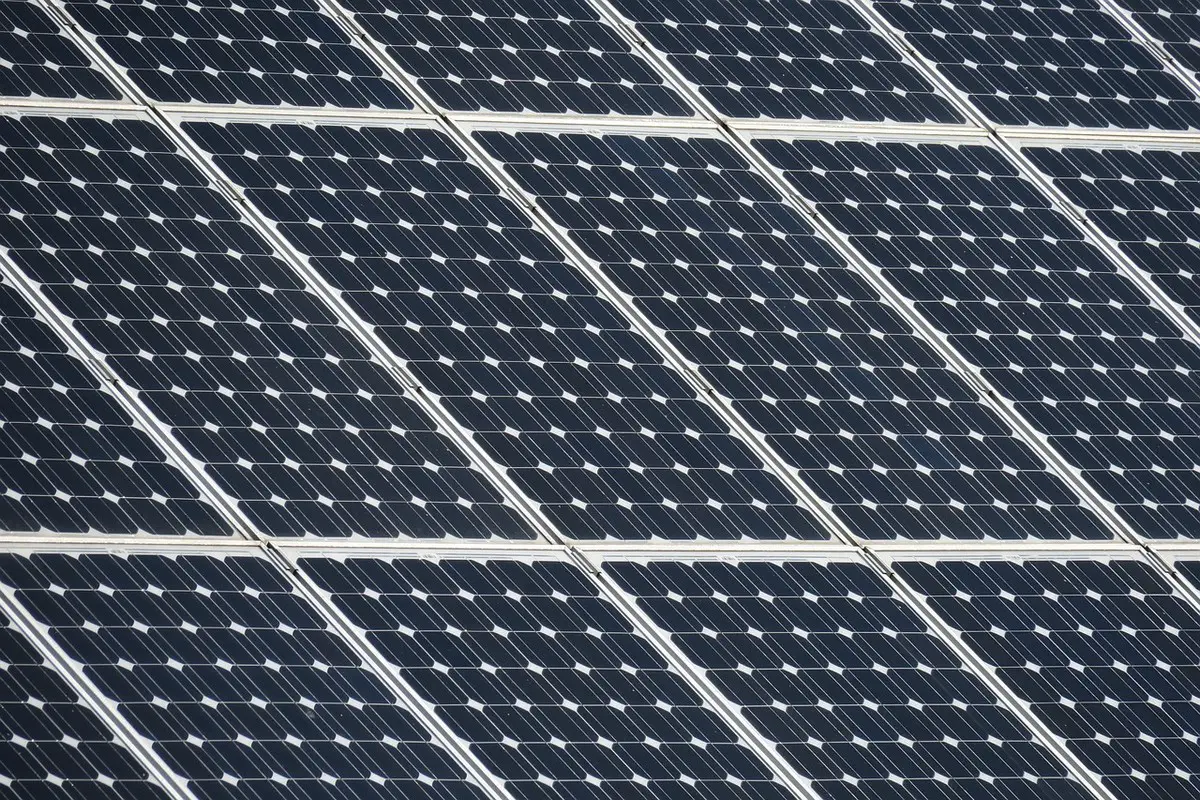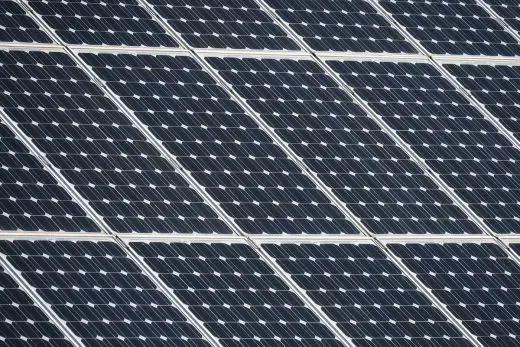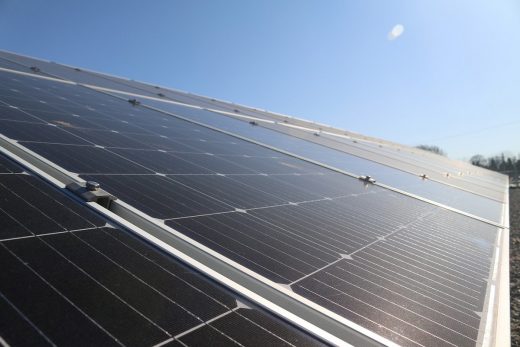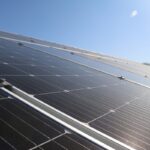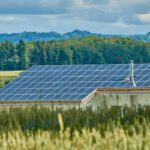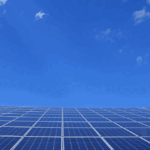Designing a home with solar capabilities guide, Photovoltaics save money and energy, Building PV electricity advice
Designing a Home with Solar Capabilities
13 September 2023
Have you ever dreamed about powering your home completely with clean, renewable solar energy? This dream is totally achievable with today’s affordable solar technology.
Going solar can save you a bundle on utility bills while reducing your carbon footprint. Smart Solar Energy in Newberg OR and other local solar companies have made renewable energy accessible and economical.
Installing solar while building or renovating your home is the ideal time to reap the benefits. With smart planning and design, you can maximize solar production. This will ensure your investment pays itself back faster than ever.
First Things First – Plan Your Perfect Solar Home
Before calling in the builders, spend some time thinking about your family’s needs and lifestyle. This will help you determine the right solar system size and components.
- How much electricity does your household use monthly? Crunch the numbers!
- What appliances and devices do you rely on? Map it out!
- Do you plan to buy an electric vehicle? Charge ahead and prepare!
- Will you install a battery for backup power? Store some sunshine for stormy days!
With your electrical demand in mind, start researching solar panels, inverters, and batteries. There are lots of options to choose from. Aim for high-quality components with long warranties from reputable brands.
Work closely with your architects and builders to integrate solar into the home’s design from day one. Their expertise combined with your solar supplier’s advice will ensure your system meets your household’s needs.
And don’t forget to explore solar incentives like tax credits which can cover up to 30% of your system’s cost! Supportive policies vary by state so do your homework.
Optimizing Your Home’s Design for Solar
Look at how to design your home for maximum solar production. Best practices for green construction should be followed. Proper roof orientation and tilt are key factors, so consider the following:
- Angle that south-facing roof at 30-45 degrees for solar sweetness! More tilt = more energy.
- Prevent shadows from trees or other structures on your solar roof area. Shading = solar sadness.
- Minimize roof vents, chimneys or other protrusions on solar roof surfaces. Obstructions = less solar potential.
While most roof types can support solar, some materials like slate and cedar shingles are delicate and will complicate installations. Choosing durable metal or asphalt shingles simplifies the process.
Thoughtful electrical planning ensures your system operates safely and efficiently:
- Install conduit between your attic and electrical panel for clean wiring runs.
- Ensure your main service panel has space for connecting solar equipment.
- Use 200 amp service and appropriate breakers for your system’s needs.
Lastly, set aside suitable space for your solar inverters, batteries or other system components. Installers will thank you!
Maximize Your Solar System’s Value With Energy Efficiency
Energy efficient construction enhances your home’s solar capabilities. Here are some ways to get the most from your system:
- Super insulation, air sealing, energy-efficient windows and doors reduce heating and cooling costs. Less waste = more solar savings!
- Swap out old appliances for ENERGY STAR certified models which use far less electricity.
- For heating and cooling, use cold-climate heat pumps powered by your solar panels.
- Cook dinner with stylish induction stoves that boil water faster than gas using less energy.
- Pre-wire your garage for future electric vehicle charging. Solar fuels clean driving!
By combining solar power with efficiency, you amplify the benefits of your investment.
Serious About Solar? Add Energy Storage!
To take your home’s energy independence to the next level, incorporate battery storage. Storage allows you to use solar electricity any time – not just when the sun is shining.
Today’s batteries are safer, smaller, and more affordable than ever. With generous tax incentives, their return on investment keeps improving. Just make sure to size your system accordingly!
Design Your Solar Home for Curb Appeal
With thoughtful design, your solar panels can accent your home’s architecture beautifully. Avoid cluttering up the roof by orienting panels in clean rows. For a sleek look, opt for all-black panels and flush mounting. Blending solar and architecture takes some thought but the results are worth it.
Work with your installer to choose a panel layout that complements your roof lines and design style. A solar home shouldn’t be an eyesore – it should showcase your forward-thinking style!
Dialing In Your Solar System’s Specifications
Now that we’ve covered solar home design principles, Now, get down to the nitty gritty of planning your system’s technical specifications. Properly sizing each component is crucial for optimal performance and return on investment.
Determining Your Solar Array’s Size
The size of your solar array, measured in kilowatts (kW), depends on your home’s electricity usage. Crunch your monthly power bills to calculate your baseline needs. Factor in future energy use too – like electric vehicles and heat pump conversions. A bigger array means more solar power production and savings!
Also account for your region’s solar resource. Areas with more annual sunshine can utilize smaller arrays. Use online tools to estimate your solar potential. As a rule of thumb, each kW of solar panels produces about 125-150 kWh per month. But your installer can dial in proper array sizing for you.
Selecting Your Solar Inverters
Inverters convert your array’s DC power into usable AC electricity. String inverters are cost effective for most homes. Microinverters cost more but provide module-level monitoring and optimization.
Match your inverter’s total wattage to your planned array size for ideal performance. Undersizing your inverter will lead to production losses.
Choosing Batteries for Backup Power
For uninterrupted solar power during grid outages, batteries are essential. Lithium-ion batteries offer the best combination of performance, lifespan and safety.
Your average daily home consumption determines your ideal battery capacity, measured in kWh. Critical loads like fridges and medical devices impact storage needs too.
Most homes do fine with 10-15 kWh of storage. But select batteries capable of future expansion as your needs change.
Building a Greener Home for Generations
Constructing a solar-powered home is about more than just saving money. It’s about leaving a smaller environmental footprint for the benefit of future generations.
Here are some additional green building strategies to consider:
Sustainable Building Materials
Choose eco-friendly and non-toxic construction materials like FSC-certified lumber, green insulation, natural flooring and low/no VOC paints. Avoid plastics and fabrics containing harmful chemicals. This creates a healthier indoor living environment.
Energy and Water Conservation
Install low-flow faucets, water efficient toilets, drip irrigation, drought tolerant landscaping and gray water systems. Simple water conservation measures make your home more sustainable.
Waste Reduction
Set up convenient recycling bins, composting systems, and designate areas to stockpile reusable materials for your next project. Small steps add up to a huge reduction in unnecessary waste.
Building green doesn’t have to cost more, but the benefits last for many years. And rest assured, your solar investment already helps conserve water and reduce emissions for a greener community.
Go Solar and Keep More Green In Your Wallet!
With incentives like the 30% federal tax credit, solar delivers a faster payback than ever before. Eliminating costly utility bills also provides great monthly savings. Invest now and you’ll continue reaping rewards from your sun-powered home for decades to come. That’s music to any smart homeowner’s ears!
So what do you think? Is it time to stop dreaming and start designing your very own solar-powered dream home? Reach out to smart solar energy installers today to get started!
Their solar experts can help assess your needs and recommend a system perfect for your lifestyle. With the right design and planning, you’ll be well on your way to energy independence, savings, and sustainability.
Comments on this guide to Designing a home with solar capabilities article are welcome.
Solar Panels Articles
Solar Panels Posts
How architects implement solar panels in design
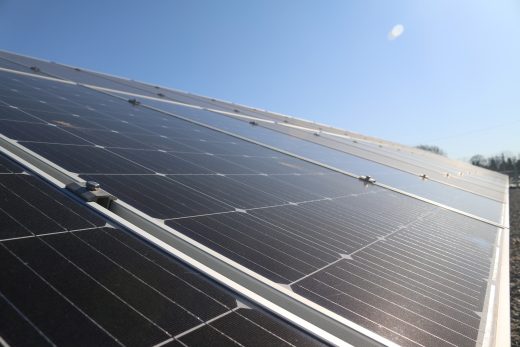
image source : pixabay.com
DIY Solar System: how to install solar panels
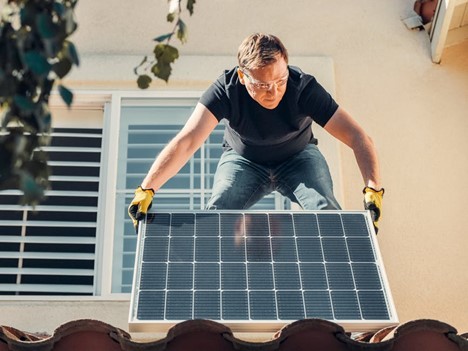
Before Installing Solar Panels
Types of roofing for solar panel installation
Installing Solar Roof Ventilation in Your Home
Building
Residential Architecture Articles
Comments / photos for the Designing a home with solar capabilities advice guide page welcome

